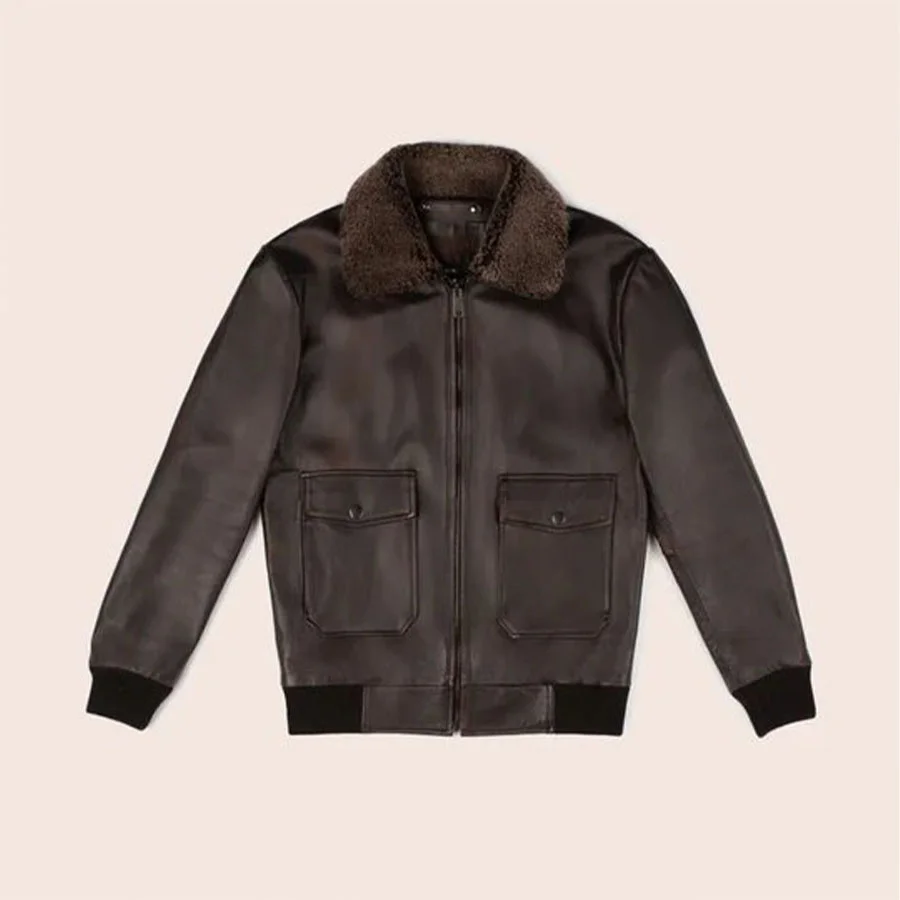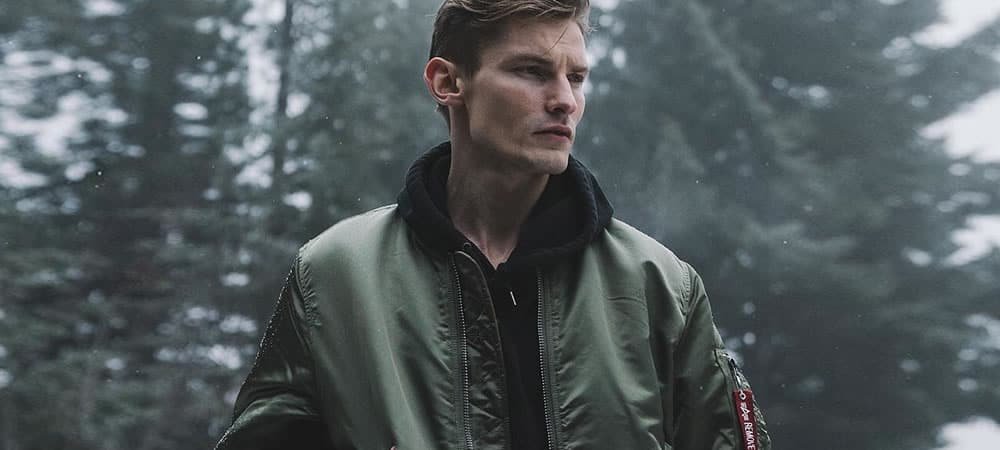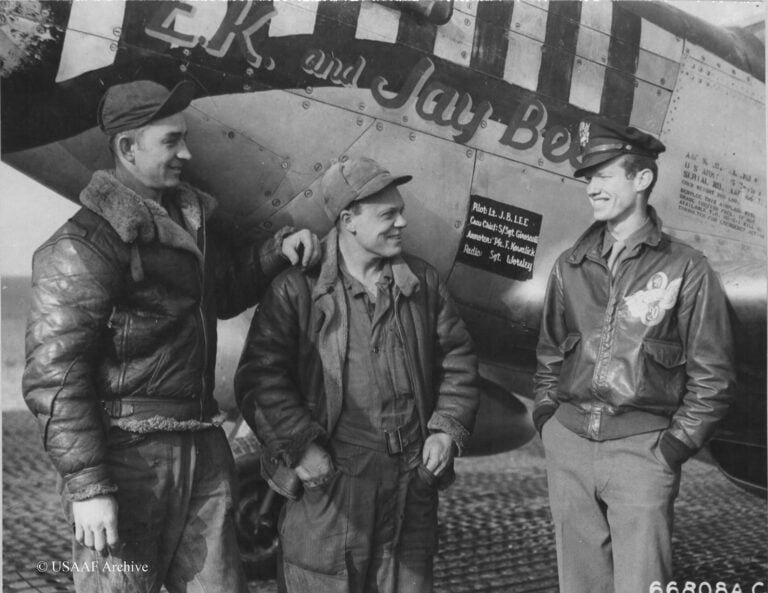The Origins and Evolution of the Bomber Jacket: Who Invented It?
Introduction to the Bomber Jacket
The bomber jacket, also known as the flight jacket, has established itself as a timeless piece in both military and fashion history. Initially designed for military pilots during World War I, this jacket was meant to provide warmth and protection at high altitudes. The bomber jackets is characterized by its distinctive features, which include a fitted waistband, cuffs, and a front zipper, all contributing to its practical and iconic design.
These key elements not only offer a snug fit but also ensure insulation against cold weather. The interior is often lined with materials like shearling or quilted fabrics to enhance warmth. Typically, bomber jackets are made from durable materials such as leather, nylon, or polyester, which contribute to their longevity and resistance to harsh conditions.
Over the decades, the bomber jacket has transcended its military origins to become a staple in popular culture. Its versatility and stylish appeal have made it a favorite among various subcultures, from punk rockers to hip-hop artists. The jacket has also found its way into mainstream fashion, being featured in numerous high-end designer collections and streetwear brands alike.
In the world of cinema, the bomber jackets has been immortalized by iconic characters portrayed by actors like Steve McQueen in “The Great Escape” and Tom Cruise in “Top Gun.” These appearances have cemented the jacket’s status as a symbol of rebellious cool and rugged masculinity. In recent years, it has also become a unisex garment, embraced by both men and women for its chic and functional design.
Overall, the bomber jacket’s journey from a military necessity to a fashion mainstay exemplifies its enduring appeal and adaptability. Its unique blend of practicality and style continues to resonate with people across generations, making it a perennial favorite in wardrobes around the world.

The Early Days: World War I and the Birth of the Bomber Jacket
The inception of the bomber jacket can be traced back to the harsh conditions of World War I. During this period, military aviators faced the daunting challenge of flying in open cockpits, exposing them to extreme cold at high altitudes. This environment necessitated the development of specialized flight jackets that could provide adequate warmth and protection. The primary objective was to ensure that pilots remained functional and focused, despite the adverse weather conditions.
The first designs of these flight jackets, which would later evolve into the iconic bomber jacket, emerged as a direct response to this need. Initially, these jackets were crafted from heavy-duty leather, chosen for its durability and ability to shield against the wind. The interiors were lined with fur or fleece, offering insulation that was crucial for long hours spent in the freezing temperatures of high-altitude flights. These early bomber jackets featured snug cuffs, collars, and waistbands to lock in warmth and prevent cold air from penetrating the garment.
The jacket’s design was also influenced by the practical requirements of military aviation. Large, easily accessible pockets were included to accommodate essential items that pilots might need during flight. The jackets were often equipped with high collars that could be turned up to protect the neck and face from the biting wind. Over time, these initial designs underwent various modifications, but the core purpose remained unchanged: to provide aviators with a functional and protective piece of clothing.
Thus, the birth of the bomber jacket was a direct outcome of the technological and environmental challenges faced by early military aviators. The necessity for a robust and warm flight jacket during World War I laid the groundwork for what would become a timeless and versatile piece of outerwear, transcending its military origins to become a fashion staple in the years to come.

The A-1 Jacket: The First Official Bomber Jacket
In 1927, the United States Army Air Corps introduced the A-1 jacket, marking the inception of what would become a truly iconic piece of military and fashion history. The A-1 jacket is widely recognized as the first official bomber jacket, setting a precedent for subsequent designs in both function and style. This initial iteration of the bomber jacket was crafted with a sharp focus on practicality and durability, essential qualities for aviators facing harsh and unpredictable conditions at high altitudes.
The A-1 jacket was constructed primarily from leather, a material chosen for its resilience and ability to provide substantial protection from the elements. The outer shell was typically made from horsehide or capeskin, which offered both toughness and flexibility. The interior was lined with wool, ensuring that pilots remained warm during their missions. One of the most distinctive features of the A-1 was its buttoned front closure, a departure from the later zippered designs that would become more common. This buttoned front, along with knitted cuffs and waistband, provided a snug fit that minimized cold air infiltration.
Adopted by the U.S. Army Air Corps, the A-1 jacket quickly became a standard issue for pilots, symbolizing a blend of functionality and military precision. The jacket’s design included two front pockets, facilitating easy access to essential items, and a high collar that could be buttoned up for additional protection. These design elements not only catered to the practical needs of aviators but also laid the groundwork for future innovations in bomber jacket designs.
The significance of the A-1 jacket in the history of bomber jackets cannot be overstated. It established key design principles that would be refined and adapted in subsequent models, such as the A-2 and the iconic MA-1. The A-1 jacket’s contribution to setting the standard for bomber jackets underscores its lasting impact, both within the military and in the broader context of fashion and outerwear.

The A-2 Jacket: The Iconic WWII Bomber Jacket
The A-2 jacket, introduced in the early 1930s, swiftly became the quintessential bomber jacket of World War II, epitomizing American military excellence. Initially commissioned by the U.S. Army Air Corps, the A-2 jacket was designed to provide aviators with both protection and a sense of pride. Its development marked a significant evolution from previous flight jackets, incorporating advanced materials and refined design features that set it apart.
The conclusion of World War II marked a pivotal shift in the design and functionality of the bomber jacket, exemplified by the development of the MA-1 jacket in the 1950s. Initially conceived for the U.S. Air Force, the MA-1 addressed the need for a more versatile and practical garment that could withstand the rigors of jet-age aviation. Unlike its predecessors, the MA-1 was constructed from lightweight nylon, a material that offered superior durability and weather resistance, making it ideal for high-altitude flights.
One of the most distinctive features of the MA-1 jacket was its reversible orange lining. This bright interior was a crucial safety measure, designed to increase visibility and aid in rescue operations if a pilot were downed. Additionally, the jacket’s design incorporated functional elements such as knitted cuffs and a waistband to provide insulation and prevent drafts, along with multiple pockets to accommodate essential gear.
The MA-1 jacket’s practicality and sleek design quickly transcended its initial military purpose, gaining popularity among civilians. Its adoption by various subcultures, including the punk and hip-hop communities, as well as its presence in popular media, cemented its status as a fashion icon. Today, the MA-1 jacket remains a staple in both military and civilian wardrobes, appreciated for its blend of functionality, comfort, and timeless style.
As the bomber jacket continued to evolve, the MA-1 became a symbol of innovation in outerwear design. Its influence is evident in contemporary fashion, where the jacket’s classic silhouette and practical features are frequently reinterpreted by designers. The MA-1’s enduring appeal highlights its significance not only as a piece of military history but also as a versatile and enduring element of modern fashion.
The Bomber Jacket in Pop Culture
The bomber jacket, initially designed for military purposes, has undergone a significant transformation to become a quintessential fashion staple. Its journey from the airfields to the streets is marked by its prominent presence in pop culture. This evolution is a testament to its versatile design and enduring appeal.
The transition of the bomber jacket into mainstream fashion began in the mid-20th century. It first captured the public’s imagination through the silver screen. Iconic films such as “Top Gun” immortalized the bomber jacket, with Tom Cruise’s character, Maverick, sporting the classic MA-1 style. This movie not only highlighted the jacket’s rugged charm but also cemented its status as a symbol of rebellion and adventure.
In addition to movies, the bomber jacket found its place in the music industry. Rock and punk musicians in the 1970s and 1980s, such as The Ramones, adopted the jacket as part of their signature look. This association with counterculture movements further bolstered its image as an emblem of individuality and defiance. The jacket’s prominence persisted into the hip-hop scene of the 1990s, with artists like Tupac Shakur donning it, thereby linking it to a new wave of cultural expression.
Street fashion has also played a crucial role in the bomber jacket’s popularity. Its adaptability to various styles—from casual to high fashion—ensured its relevance across different eras. Fashion designers and brands have continuously reinvented the bomber jacket, incorporating diverse materials, colors, and patterns to keep it contemporary. Notable figures such as Kanye West and Rihanna have been seen wearing bomber jackets, further amplifying its appeal among younger generations.
In essence, the bomber jacket’s omnipresence in pop culture has solidified its status as more than just a piece of outerwear. It stands as a cultural icon, reflective of the times and trends that have shaped its ongoing legacy. The jacket’s ability to transcend its military origins and integrate seamlessly into various facets of popular culture underscores its timeless allure.
Modern Interpretations and Fashion Trends
In the contemporary fashion landscape, the bomber jacket has undergone significant reinterpretation by designers and brands, maintaining its relevance while adapting to modern tastes. Today’s bomber jackets are not just limited to the traditional military aesthetic but have evolved into a versatile wardrobe staple. Contemporary fashion houses and designers have embraced the bomber jacket, experimenting with a variety of styles, materials, and purposes to keep it fresh and appealing.
One notable evolution is the diversification of materials used in bomber jackets. While the original versions were crafted from leather or nylon, today’s iterations feature a plethora of fabrics such as satin, velvet, and even sustainable materials like recycled polyester. This shift allows for a broader range of textures and finishes, catering to different fashion sensibilities and seasonal requirements. For instance, satin bombers offer a sleek, polished look suitable for evening wear, while heavier, quilted versions provide warmth during colder months.
Design variations have also played a crucial role in the bomber jacket’s modern appeal. Contemporary designs often include unique embellishments like embroidery, patches, and intricate stitching, reflecting individualism and personal style. Additionally, the silhouette of the bomber jacket has been reimagined in various forms, from oversized and cropped fits to elongated versions, making it adaptable to diverse body types and fashion trends.
Collaborations between fashion houses and influential figures in the industry have further cemented the bomber jacket’s status as a fashion mainstay. High-profile partnerships, such as those between luxury brands and streetwear labels, have produced limited-edition bomber jackets that blend high fashion with urban aesthetics. These collaborations have not only revived interest in the bomber jacket but have also introduced it to new, younger audiences.
Despite these modern reinterpretations, the bomber jacket retains its functional roots. It remains a practical outerwear choice, offering comfort and protection against the elements. Its enduring appeal lies in its ability to balance functionality with style, making it a timeless piece in contemporary wardrobes.
Conclusion: The Legacy of the Bomber Jacket
The historical journey of the bomber jacket is a testament to its enduring appeal and versatility. Originally conceived during World War I for military aviators, the bomber jacket has transcended its utilitarian roots to become a staple in contemporary fashion. Its evolution from the rugged, functional design of early aviation gear to a symbol of style and cultural significance reflects its adaptability and timeless allure.
The invention of the bomber jacket was a response to the practical needs of pilots, necessitating warmth and mobility in the harsh conditions of high-altitude flights. Over the decades, this garment has undergone numerous transformations, influenced by advancements in materials, changing fashion trends, and cultural movements. Its adoption by various subcultures, from punk rockers to hip-hop artists, highlights its ability to resonate with diverse audiences, making it a truly iconic piece of apparel.
Moreover, the bomber jacket’s impact extends beyond fashion. It represents a piece of military history, a symbol of bravery, and a marker of technological progress in garment manufacturing. Its presence in popular culture, from movies to music videos, further cements its status as an enduring icon. As designers continue to reinterpret and innovate upon this classic design, the bomber jacket remains relevant, seamlessly blending tradition with modernity.
Looking ahead, the bomber jacket is poised to maintain its prominent position in fashion. As trends evolve, this adaptable garment is likely to be reimagined in new materials and styles, ensuring its continued appeal. Whether in high fashion or streetwear, the bomber jacket’s legacy will undoubtedly persist, exemplifying the perfect blend of form, function, and cultural significance.







